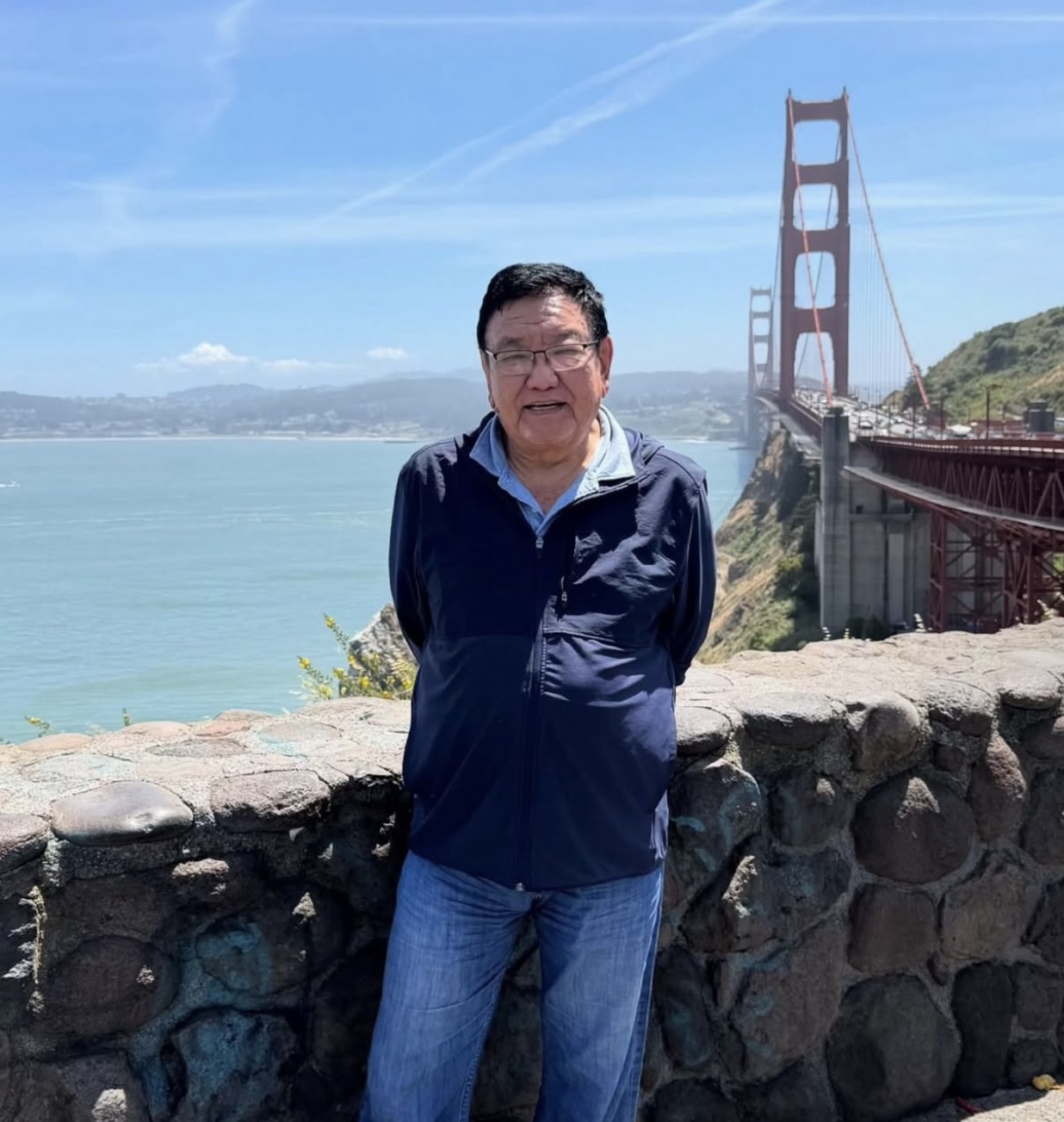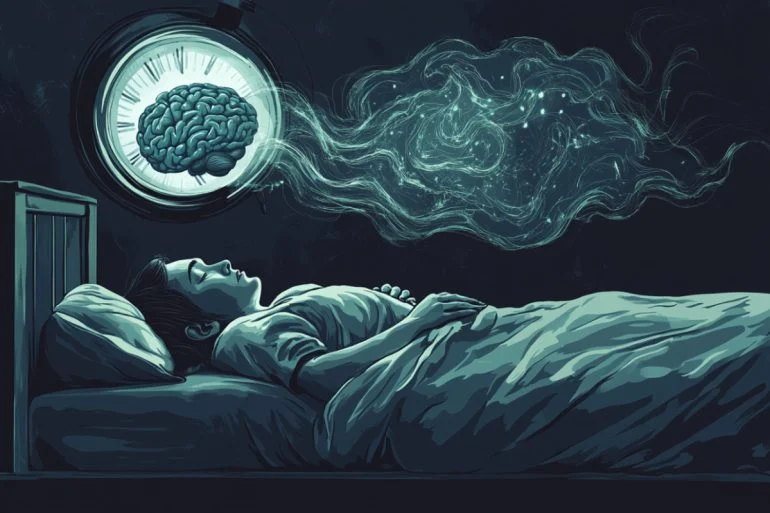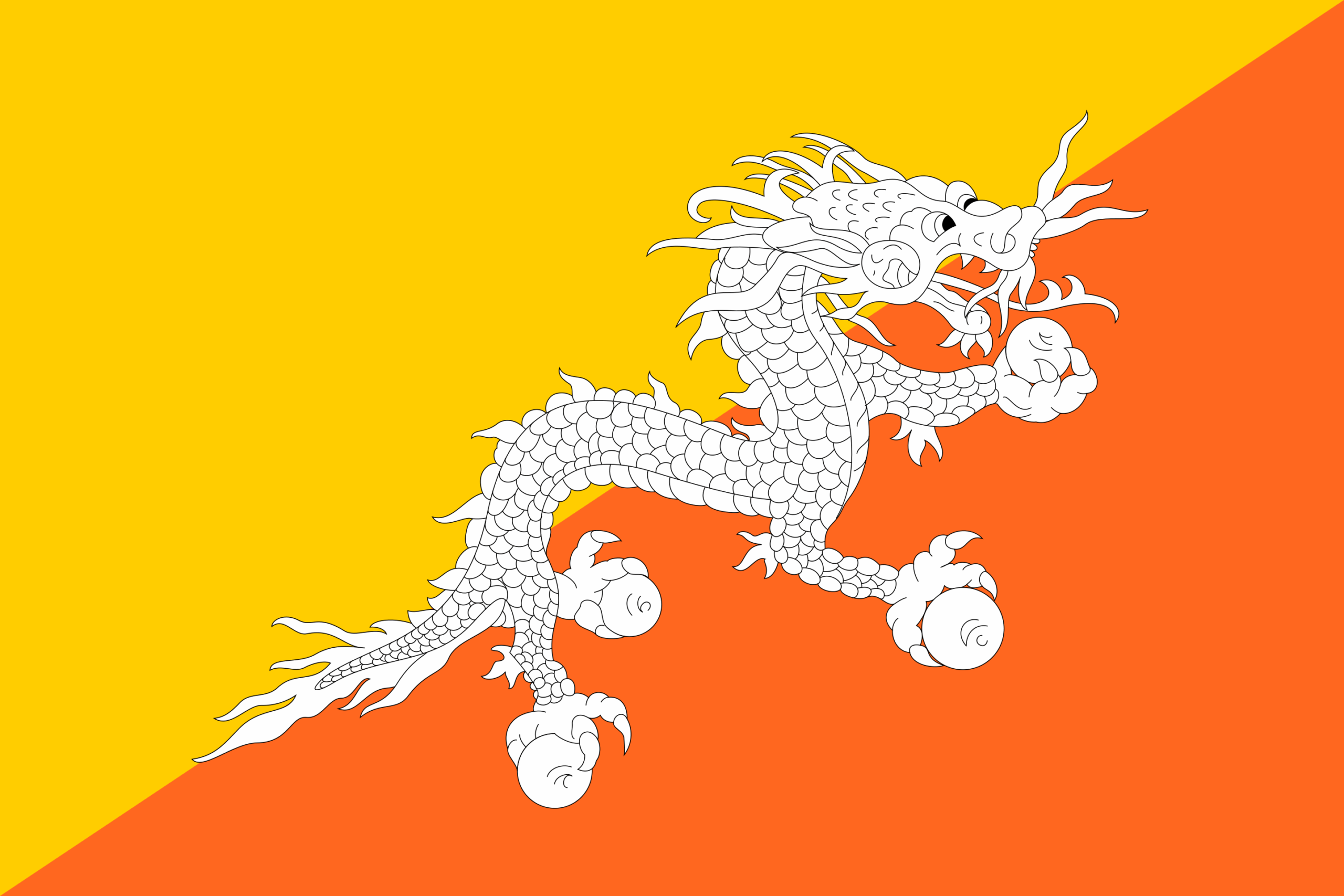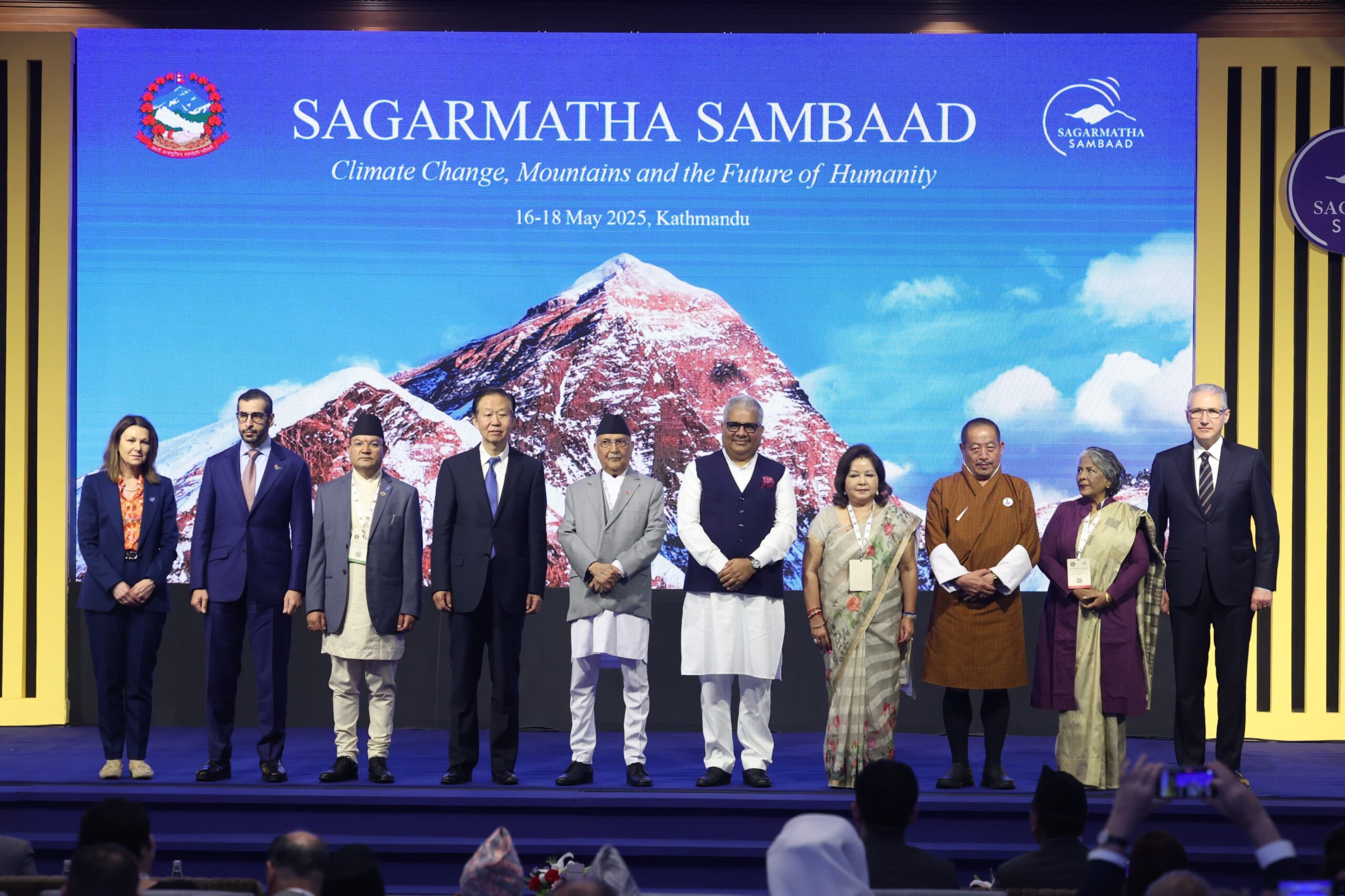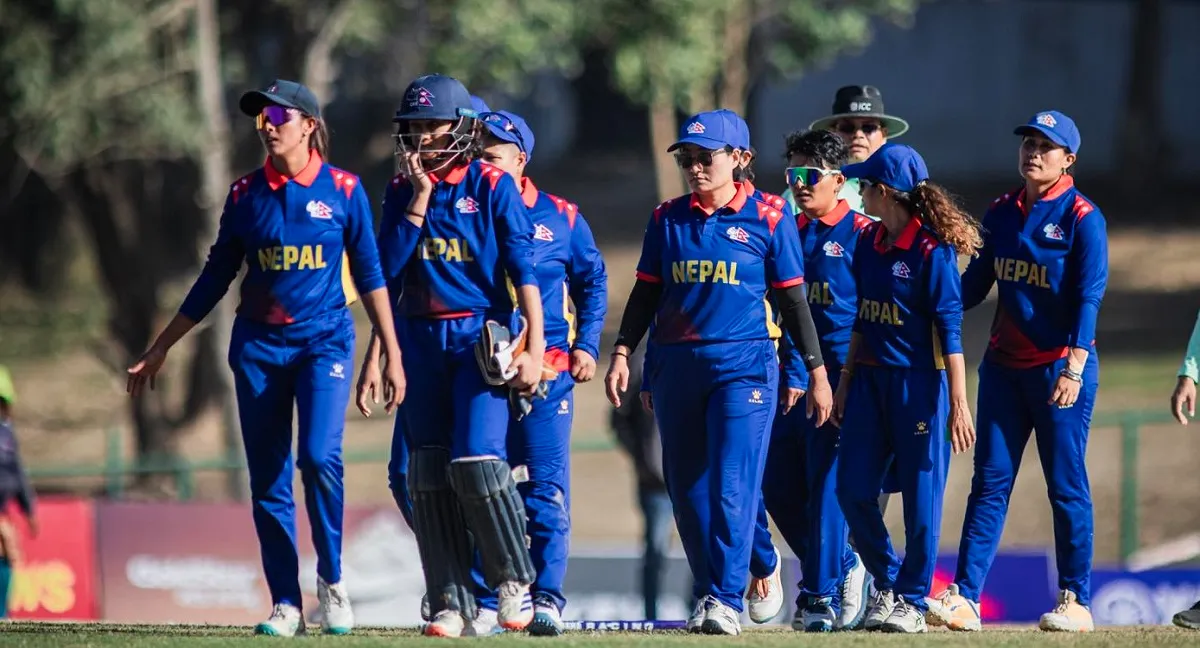A Vision Beyond Borders: Dr. Sanduk Ruit’s Journey of Light Across America
By Lhakpa Gelu Sherpa, New York
In the world of modern medicine, few figures command such quiet reverence as Dr. Sanduk Ruit, the humble son of the Himalayas known around the world as the “God of Sight.” His story is not one of fanfare or fortune, but of purpose — a relentless journey to restore sight and dignity to millions, especially among the world’s poorest.
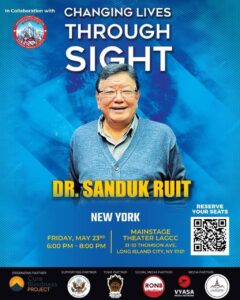
This spring, from May 14 to June 2, 2025, Dr. Ruit will walk the cities of America not in search of applause, but of alignment — to spark dialogue, inspire compassion, and forge global partnerships in eye care. His visit, organized under the banner of the Cure Blindness Project with support from the U.S. Embassy in Kathmandu, brings with it not just Nepal’s legacy of medical innovation, but also the dreams of countless lives he has helped illuminate.
A Trail Across America
From the tech capital of San Francisco to the historic corridors of Washington, D.C., from the academic giants of Stanford and Johns Hopkins to the diverse communities of New York, Boston, Miami, and beyond — Dr. Ruit’s American journey is one of outreach, education, and human connection.
Tour Highlights
-
May 14: Arrival in San Francisco
-
May 15: Stanford University
-
May 16: Press event in Washington, D.C.
-
May 17: Virginia community program
-
May 18: Visit to Bascom Palmer Eye Institute, Miami
-
May 21: Wilmer Eye Institute, Johns Hopkins
-
May 22: Boston event
-
May 23–24: New York City public interactions
-
May 24, 2–3 PM: United Sherpa Association
-
-
May 25: Baltimore program
-
May 30: Colorado event
-
May 31: Programs in Dallas & Kalamazoo
-
June 1: Raleigh, North Carolina
-
June 2: Final program in Charlotte
This journey is not for recognition — it is a call to action: that vision is a basic human right, not a privilege.
From the Hills of Nepal to the Eyes of the World
Born in the remote Himalayan village of Olangchung Gola, Nepal, Dr. Ruit defied poverty, war, and geography to become one of the world’s most respected ophthalmologists. In 1992, he founded the Tilganga Institute of Ophthalmology, a beacon of innovation in accessible eye care.
His breakthrough came in 1995, when he pioneered a low-cost intraocular lens (IOL) manufacturing lab in Nepal, reducing the cost of a lens from $150 to $4. This bold act of medical activism made cataract surgery affordable to the most neglected populations on Earth.
To date, his techniques and programs have facilitated over 35 million surgeries globally. More than 6.5 million lenses have been produced and distributed to over 40 countries. His work has extended across Asia, Africa, and beyond — from Myanmar, Bangladesh, China, and North Korea to Ethiopia, Indonesia, and Vietnam.
He has personally trained over 650 eye surgeons, planting seeds of compassion and skill across continents.
A Garland of Global Honors
Dr. Ruit’s accolades are vast, yet he wears them not as a crown but as quiet reminders of shared responsibility:
-
Ramon Magsaysay Award (2006)
-
Reader’s Digest Asian of the Year (2007)
-
Prince Mahidol Award (2007, Thailand)
-
Order of Australia (AM, 2007)
-
Padma Shri (2018, India)
-
Asian Game Changer Award (2016, Asia Society NY)
-
Isa Award for Service to Humanity (2021, Bahrain) – $1 million
-
National Order of Merit of Bhutan
-
AAO Humanitarian Award
-
Frédéric B. Meyer Award for International Excellence in Ophthalmology
-
Tilganga Ratna (Nepal)
These honors recognize a simple truth: no one should remain blind because they are poor.
Stories of Light: When Darkness Fled
The Hills Returned to Him – Gorkha, Nepal
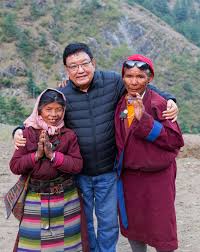 (Photo courtesy of Dr. Ruit’s Instagram Page)
(Photo courtesy of Dr. Ruit’s Instagram Page)
High above the rugged terrain of Gorkha, where the wind carries the scent of pine and stories pass like folk songs around fires, there lived an old shepherd whose world had slowly dimmed to black.
For nearly ten years, he had not seen the cattle he once tended, the hills he once roamed, nor the faces of his wife and the grandchildren who giggled in his lap. Cataracts had crept in like fog, quietly erasing color, shape, and memory. Once a man of the land — proud, strong, stubborn — he had withdrawn. He stopped going to the Gompa and chautari, the village meeting place. He no longer spoke of the weather or the condition of the grass. Even joy became distant.
When the mobile eye camp arrived near his village, he scoffed. “What use is a blade and light to an old man like me?” he muttered. But his wife begged. And because her husband sometimes listened to her silence, he agreed.
He walked for hours with a stick in one hand and hope in the other, guided by his daughter’s voice.
The surgery was simple. Swift. Silent. The next morning, in a white tent under the open sky, a gentle hand peeled back the gauze from his eyes.
He blinked. The world didn’t come back all at once. It shimmered into view, like a painting revealed through tears. He saw the blue of the sky, the curve of the hills, the face of his wife — older now, but still his lovely wife. A tremble rose in his chest. He stood, slowly, as if awakening from death.
And then, unexpectedly, he danced. Not as a performer. Not for an audience. But because something ancient and unspeakable had burst free inside him — the joy of return, the ecstasy of light.
“You didn’t just give me eyes,” he wept, clutching Dr. Ruit’s hand, “You gave me back the hills, the sky, and the laughter of my wife and grandchildren. I am born again.”
A Mother Carried – Kapilvastu, Nepal
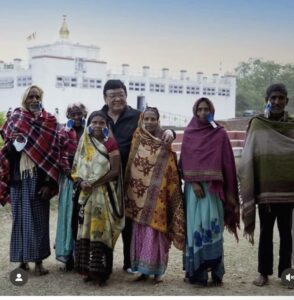
In the flatlands of Kapilvastu, where the Buddha once walked and mustard flowers bloom like gold, a mother sat in the darkness of her own home.
She had been the backbone of her family, raising four children through floods, famine, and firewood smoke. Her hands had planted seeds, soothed fevers, woven warmth into winters. But when her eyesight began to fade, so did her independence. Eventually, she could no longer even find her way to the kitchen, let alone the fields.
She didn’t complain. But her silence hurt more than words.
One day, word arrived — Dr. Ruit’s mobile eye team was setting up camp two districts over. She could never walk that far.
So her youngest son lifted her onto his back — like she had once carried him — and walked. Over streams. Through forests. Across rice paddies. Step by step.
The surgery was swift. Afterward, she lay quietly in bed, wrapped in a shawl, her son sitting beside her. Then came the moment.
A hand removed the patch. She blinked once. Twice. Her lips parted. Her eyes widened.
The tent glowed. The white of the fabric, the golden beam of sunlight slipping in through the flap, the color of her own sari — all overwhelmed her.
“I feel,” she whispered, her voice breaking, “like I’ve awakened from a very long sleep. There is light… everywhere…everywhere”.
She reached up, touched her own face. It felt both foreign and familiar — as if seeing herself for the first time. Her son placed a mirror in her hand. Her smile came slowly, like dawn. But when it arrived, it erased years of sorrow.
The Boy Who Saw Love :
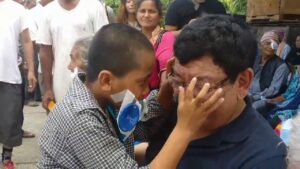 (Photo courtesy of Dr. Ruit’s Instagram Page)
(Photo courtesy of Dr. Ruit’s Instagram Page)
He was just thirteen. Born with cataracts in both eyes, he had never truly seen the world — only shadows, blurs, outlines. His world was sound and texture, not color or clarity. Yet he was bright, endlessly curious. He dreamed of becoming a teacher. It was a strange dream for a boy who couldn’t read the chalkboard, but he dreamed it anyway.
He had memorized the voices of his parents, the sound of rain on tin roofs, the buzz of bees over marigolds. But he had never seen a bird in flight. Never seen the lines of his mother’s face.
The family had long known his condition could be cured — but the surgery cost more than they earned in a year.
When Dr. Ruit’s team came to the village, his father carried him on his back to the camp. The boy said little. Disappointment had taught him not to hope too hard.
The surgery took minutes. The wait for the reveal, a lifetime.
When the bandage came off, he didn’t speak at first. His eyes moved rapidly, taking in colors, shapes, faces. And then — he saw her. His mother.
He blinked. His lips trembled. And then he ran, stumbling slightly, and threw his arms around Dr. Ruit. The surgeon was startled.
The boy buried his face in his chest, hugging tightly. “Now I can see,” he said, voice choked. “I know what love looks like.”
These aren’t fairy tales.
They are real, as real as dust roads, village bells, tear-streaked cheeks, and the golden light of morning after a long night of darkness.
Dr. Sanduk Ruit’s legacy lives not in statistics or walls of fame — but in these trembling, sacred moments where humanity returns to itself. Where blindness is reversed not just in the eyes, but in the soul.
And every time a bandage is removed, every time a child sees their mother for the first time or an elder dances like a child reborn — the world becomes a little brighter.
Let us carry that light forward.
More Than a Tour — A Movement
As Dr. Ruit walks the polished floors of American hospitals and lecture halls, the spirits of those he has healed walk beside him — an invisible chorus of gratitude and hope.
But this journey also comes with a message to the Nepali diaspora:
Yes, global institutions will support Dr. Ruit. Yes, philanthropists may donate millions.
But he is calling on us — Nepalese abroad — to take shared responsibility for the motherland.
Imagine this: if you just donate $100. A single $100 donation funds 25 sight-restoring surgeries.
That’s not just a donation. That’s 25 lives transformed.
That’s 25 people who will see their grandchildren, read again, return to work, and live with dignity.
We have a chance not just to admire Dr. Ruit, but to walk with him — to carry forward his mission. His dream is not only to cure blindness, but to build a world where compassion is as powerful as science, and where no one lives in darkness for lack of money.
Dr. Ruit’s journey across America is more than a visit.
It is a movement of healing, humanity, and hope.
Let us walk with him.


